House of Moon Hill(Choe's Clan) [Korea Quality] / 월강고택(최씨고가) [한국관광 품질인…
월강고택 1사랑채1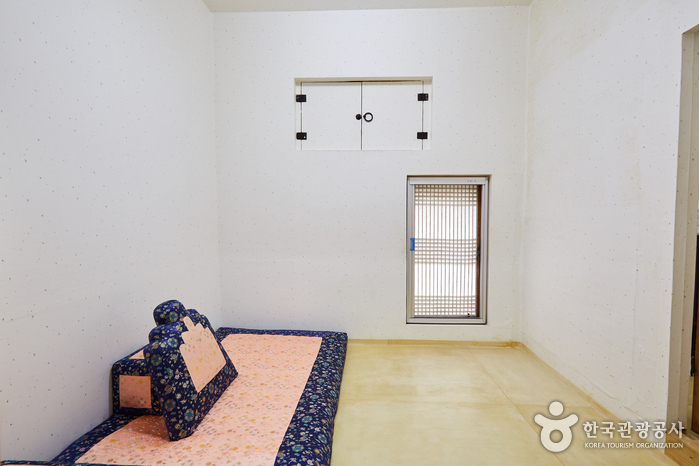
월강고택 1사랑채2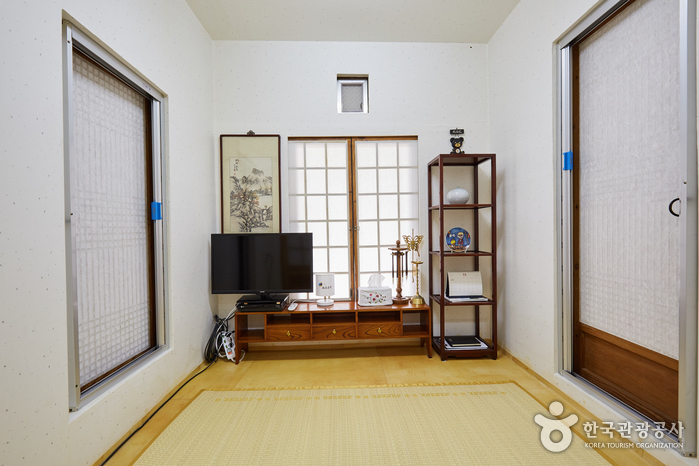
월강고택 1사랑채3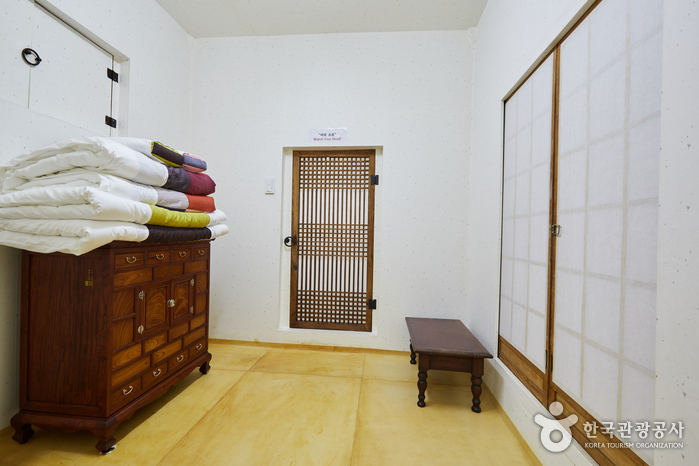
월강고택 1사랑채4(마루)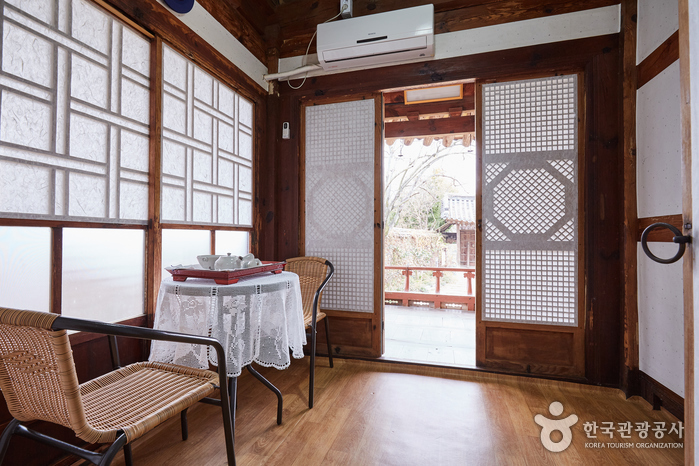
월강고택 2사랑채1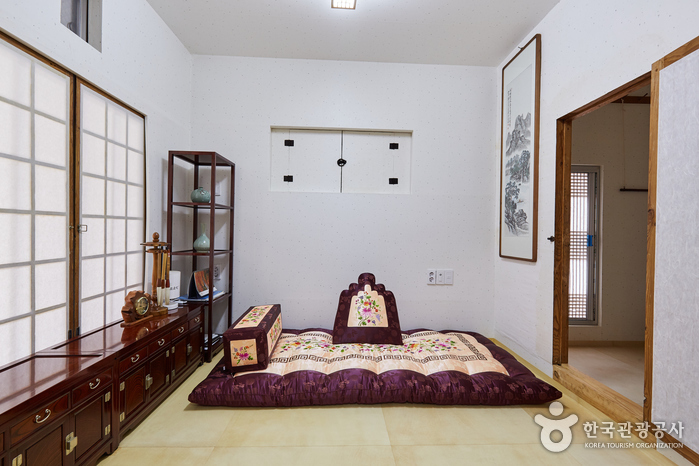
월강고택 2사랑채2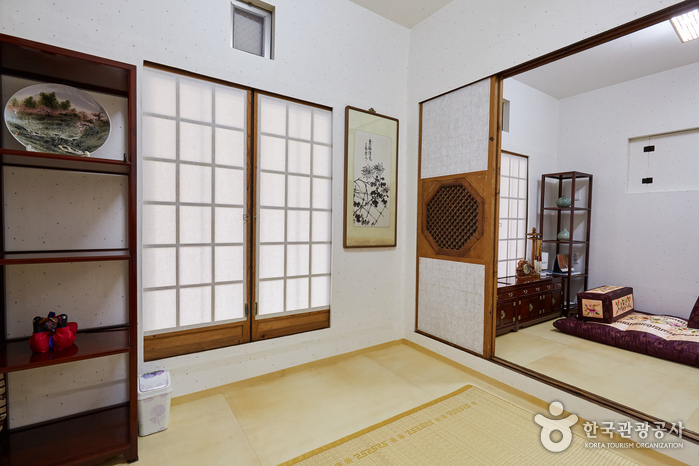
월강고택 2사랑채3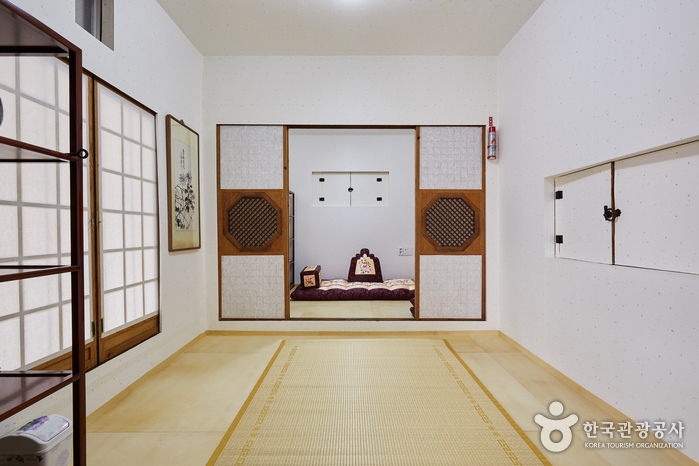
월강고택 익랑채1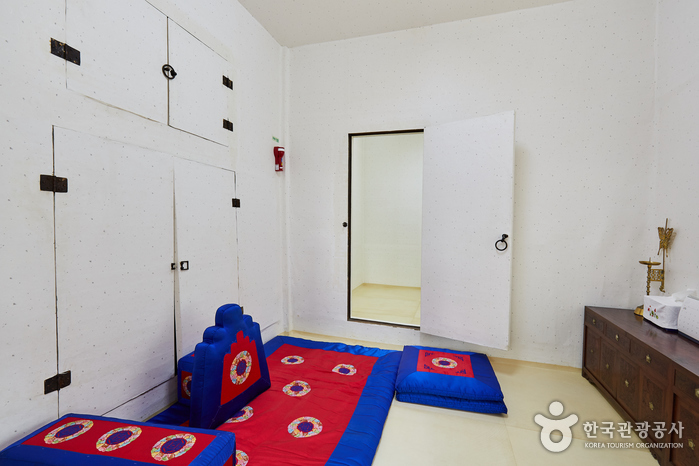
월강고택 익랑채2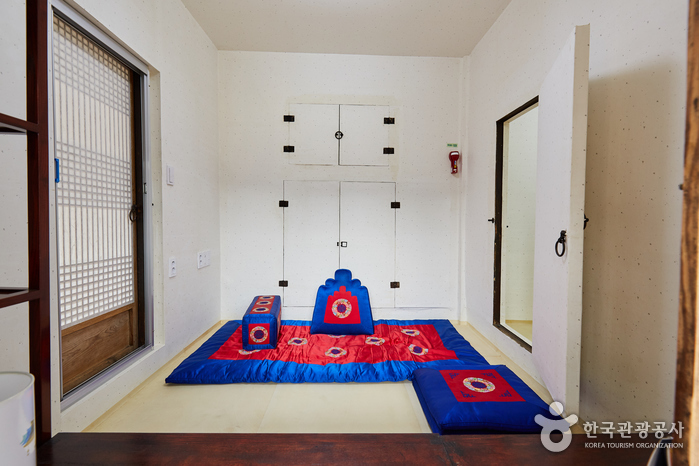
월강고택 익랑채3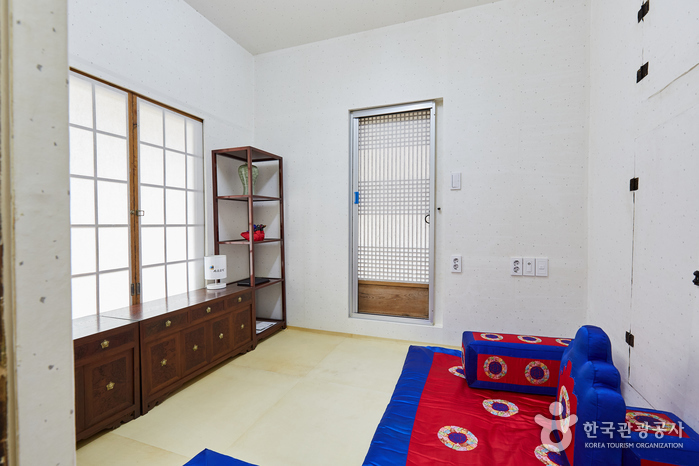
월강고택 전경2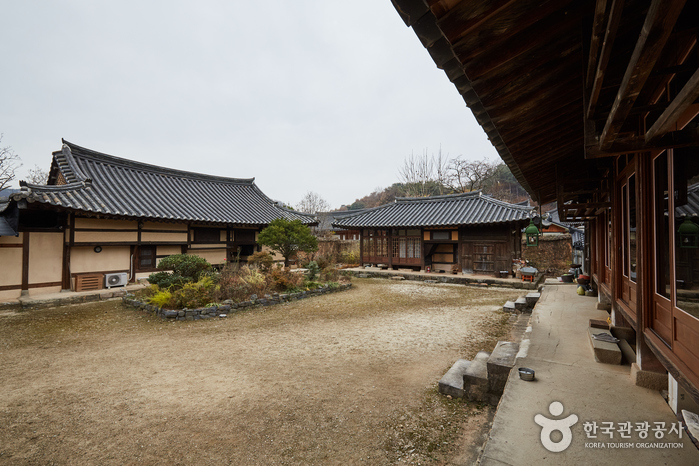
월강고택 전경3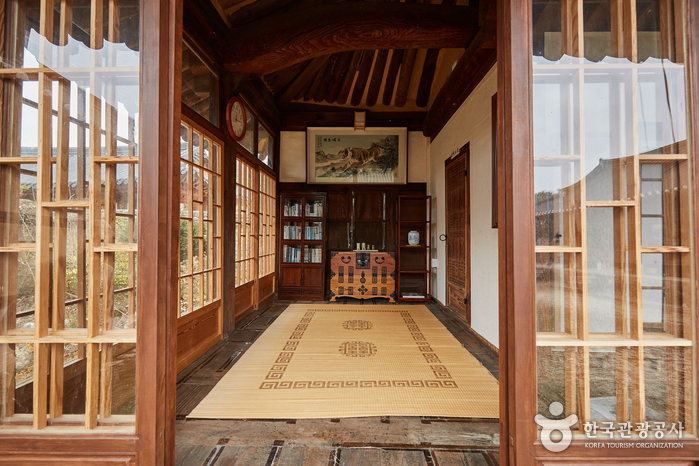
월강고택 전경4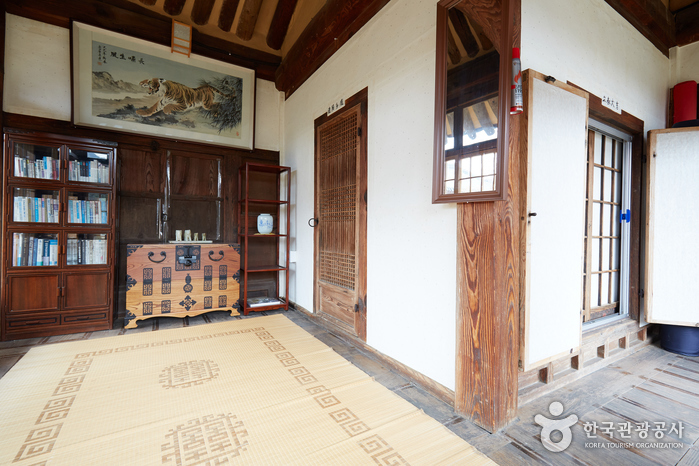
- addr1
8-7, Jirisan-daero 2897beon-gil Danseong-myeon, Sancheong-gun, Gyeongsangnam-do
- title
House of Moon Hill(Choe's Clan) [Korea Quality] / 월강고택(최씨고가) [한국관광 품질인증]
- homepage
- overview
As one of the two most widely known traditional Hanok villages in the Gyeongsang-do area, the other being the famous Hahoe Village in Andong, Namsa Yedamchon of Namsa-ri in Sancheong has also been dubbed one of Korea's most beautiful villages with the breathtakingly beautiful landscapes of Jirisan Mountain surrounding it. As its name Yedamchon ("village with old walls") suggests, the village is famous for the walls about 3.2 kilometers long in all surrounding traditional Korean houses called Hanok. These walls, which symbolize the "nobility and propriety of Confucian thinkers in the past," are now designated as Registered Cultural Heritage No. 281.The village has many valuable cultural properties, nine of which are inscribed in the list of heritage protected by law, including the Historic House of the Choe Family (Gyeongnam Cultural Material No. 117) and the Historic House of the Yi Family (Gyeongnam Cultural Material No. 118) as well as walls enclosing the houses in the village. Designated as a "theme village" focusing on traditional rural life, Namsa Yedamchon provides visitors with a variety of programs designed to help them experience farm village life, traditional folk games, tour to historic houses, and village school life in the past. Located at the heart of Namsa Yedamchon, the Historic House of the Choe Family features the layout of the traditional homes owned by Confucian scholar-officials in the south of the Korean Peninsula during the Joseon period. The house is characterized by an imposing figure with high and beautifully decorated walls enclosing its premises as well as an exceptionally tall gatehouse (soseuldaemun) and a 230-year-old plum tree standing in the courtyard. The family that had called this house their home originated from the head family of Jeonju Choe's Clan based on the Historic House of Choe Pil-gan in Hangnim-ri of Goseong, Gyeongnam.The main building (anchae) of this house was completed in July 1920, and the family guesthouse (sarangchae), in September of the following year. Other buildings, including the wings of the main gate, storehouse, and cowshed, were also built around the same time. These buildings are arranged to form a square layout with the main building placed at the center of the rear part and two "middle gates" flanking the guesthouse. At the western middle gate is a wall called Naeoedam ("in-out wall"), which was built to keep the main building and gate wings from the visitor's eyes according to the Confucian teaching that preferred dividing a space into two, one each for the male and female members of a family. The main building of the house has a six-bay by three-bay structure with wooden-floored verandahs (toenmaru) front and back, hip-and-gable roof supported by five main beams, and lofty ceiling and raised foundation. It consists of the main bedroom, two subordinate rooms, a kitchen, and a wooden-floored central hall, all furnished with beautifully decorated windowed doors. The guesthouse features a similar layout, a five-bay by three-bay structure covered with hip-and-gable roof consisting of two rooms on each side of the central wooden-floored hall and a "pavilion hall" (nugakbang) with raised floor. The building is placed on the foundation built by piling hewn stones, and it has a superstructure supported by round columns. The gatehouse is a four-bay by two-bay structure facing east, with a wooden-floored hall open to the south, a bedroom, and a pantry. The storehouse on the east of the house is a five-bay by two-bay building with two rooms -- one large and the other small, used for the storage of grains and farming equipment, respectively -- and a treadmill. In 2014, the Historic House of the Choe Family was selected as an Outstanding Hanok. The house has been extensively renovated by the owner, the eldest grandson of the Choe Clan's head family, to provide three modern guest rooms -- two in the family guesthouse and one in the gatehouse -- all furnished with clean toilet, TV, air conditioner, Wi-Fi system, and refrigerator. The house also provides a variety of programs including folk games to help its guests have an exciting cultural experience.
※ Please note that reservations are essential for stay during winter season as services are subject to change due to weather conditions.
- accomcountlodging
12 persons
- checkintime
14:00
- checkouttime
11:00
- foodplace
None
- infocenterlodging
•1330 Travel Hotline: +82-2-1330
(Korean, English, Japanese, Chinese)
•For more info: +82-10-6801-5446 - parkinglodging
Yes (Public parking lot of Namsa Yedamchon Village)
- pickup
Available
- roomcount
8
- reservationlodging
Available (+82-10-6801-5446, https://moonhill.modoo.at)
- roomtype
* Traditional ondol room (Floor-heated) : Sarangchae 1 / Sarangchae 2 / Iknangchae
* 'Sarangchae 1: equipped with inner toilets / Sarangchae 2 and Iknangchae: equipped with external toilets / Iknangchae: equipped with Byeolchae (daecheong maru). - scalelodging
Approx. 280㎡, one floor
(
[bo_table] => datagokr_Fre
[page] => 32
[sca] => Logement
[sod] => desc
[sop] => and
[sst] => wr_hit
[wr_id] => 3126
)
- House of Moon Hill(Choe's Clan) [Korea Quality] / 월강고택(최씨고가) [한국관광 품질인증]
-
![House of Moon Hill(Choe's Clan) [Korea Quality] / 월강고택(최씨고가) [한국관광 품질인증] House of Moon Hill(Choe's Clan) [Korea Quality] / 월강고택(최씨고가) [한국관광 품질인증]](https://fre.clubrichtour.co.kr/data_multilang/file/datagokr_Fre/3076524006_341132e4_2574758_image2_1.jpg)








